A few months back we asked: ‘how easy is it to drive a Toyota self-charging hybrid in a way that maximises the efficiency of its powertrain?’. The answer to that slightly wordy query is thankfully somewhat shorter: it’s pretty easy. Now we’re posing the same question of the Toyota Prius Plug-in Hybrid.
This time, however, thanks to the Prius Plug-in’s slightly more complex but even cleaner and more efficient powertrain, the answer isn’t quite so straightforward. So to find out, we spent a week driving a Prius Plug-in Hybrid on a wide variety of different routes and on all types of roads: urban, A-roads, B-roads and motorways, up and over hills and across the British countryside.
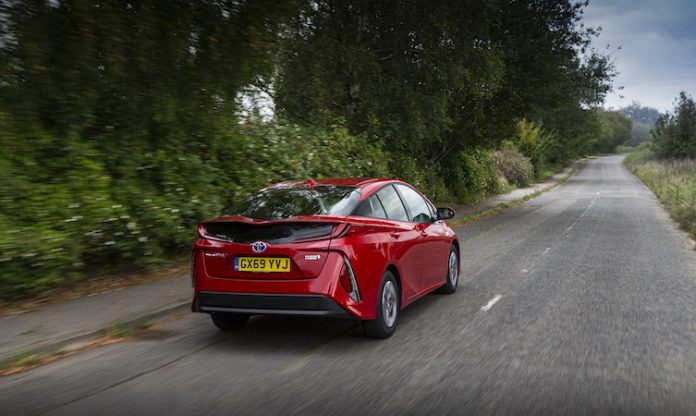
First, let’s look at how the Prius Plug-in’s hybrid powertrain works, and how it differs from those of Toyota’s self-charging hybrids.
Prius Hybrid vs Prius Plug-in Hybrid: what’s the difference?
The regular Prius, the Corolla Hybrid, the Toyota C-HR and the RAV4 Hybrid all pair a four-cylinder petrol engine with a compact electric motor to provide a mix of limited electric-only running or a combination of petrol-electric or petrol-only power. The electric motor’s battery is charged on the go, by the petrol engine and via regenerative braking.
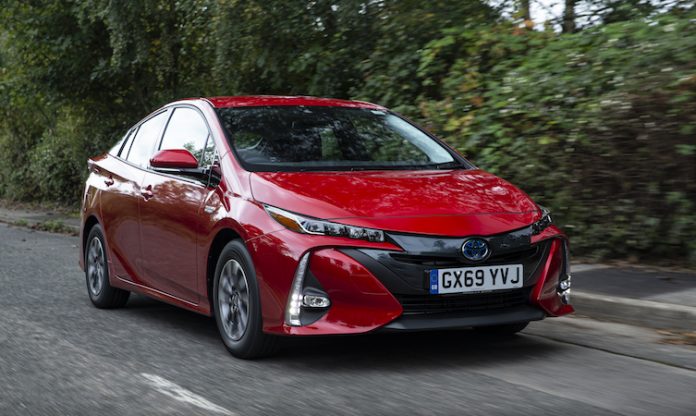
The Prius Plug-in Hybrid uses essentially the same 1.8 VVT-i petrol engine as the self-charging Prius but has a dual, rather than single, electric motor set-up, albeit with the same power and torque outputs of 122hp and 142Nm respectively.
But the Prius Plug-in has a much larger-capacity lithium-ion battery: 8.8kWh to the self-charging Prius’s 1.31kW/h. If those numbers don’t mean much, don’t worry, it’s pretty simple: the higher the figure, the further you can travel on electric power.
That bigger battery is key to the Prius Plug-in’s exceptional efficiency and environmentally friendly performance. It gives an electric-only range of up to 34 miles and a maximum EV speed of 84mph (but not both at the same time, because the faster you go, the quicker you’ll drain the battery. Oh, and please respect the UK speed limits at all times), along with official figures of 217mpg combined and CO2 emissions of just 29g/km.
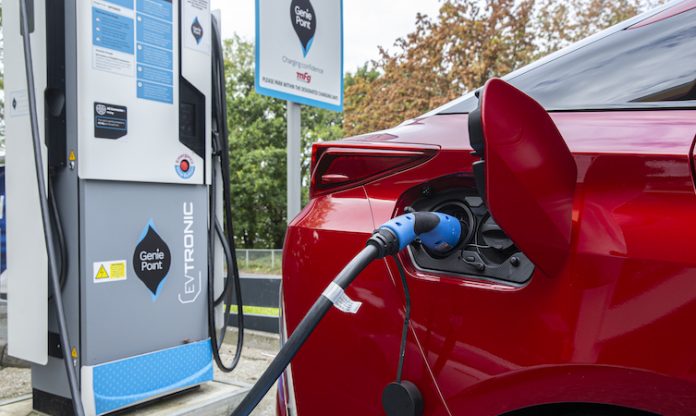
The battery is, however, too big to be fully recharged by the petrol engine and regenerative braking, hence the ‘Plug-in’ part. To fully charge the battery you’ll need to plug the car into either a domestic electricity supply (just over three hours for a full charge) or an EV charging point (about two hours).
Read more The Prius Plug-in attempts motor sport
The Prius Plug-in has switchable HV, EV and EC City drive settings, for hybrid, electric only or reduced-power urban driving, along with selectable Eco, Normal and Power drive modes. Like the self-charging Prius, there’s also a ‘B’ setting for the powertrain that enhances the regenerative braking effect.
Prius Plug-in Hybrid: efficient driving tips
Now, that might seem like a lot to take in, and, let’s be honest, at first it is. But with a bit of forethought and understanding, and a considered approach to your use of the controls, the rewards are really quite exceptional day-to-day efficiency.
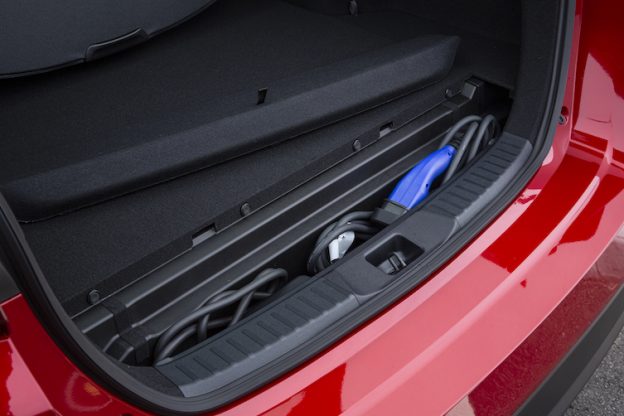
Maximising the Prius Plug-in’s efficiency means thinking a bit more in advance about your journeys and the type of driving you’re doing. The car’s official electric-only range is 34 miles, but we saw 35.3 miles on a longer run, as well as much closer to 20 miles with lots of urban driving.
Think in advance about the type of driving you’re doing
So if you can, plan your driving around how much of each trip can be carried out in EV mode, but also think about whether or not you can recharge at the end. If you can, and/or if the majority of your journeys can be completed in EV mode, then your environmental footprint is minimised.
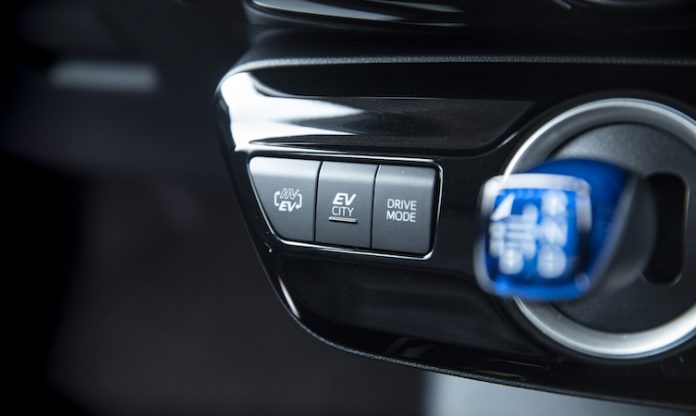
The techniques required to drive the Prius Plug-in Hybrid as efficiently as possible are much the same as those you would apply to driving any car. We actually covered those in the earlier article looking at the self-charging Toyota Corolla Hybrid, and respectfully suggest you divert your attention here for a few minutes (there’s some some solid-gold eco-driving advice in there, it really is a cracking read).
Once you’ve taken that on board, the key to maximising the Prius Plug-in is understanding its drive modes, some forward journey planning, managing the EV range and being mindful of when you can next recharge. Yes, that’s a lot to take in, but all of this can be learned over time with the car.
The car will manage the power sources by itself if you prefer
What we’re talking about here is fine-tuning to absolutely make the most of what the Prius Plug-in Hybrid can achieve. (The car can, of course, be left to its own devices and will happily manage its power sources by itself. Just remember to recharge it as often as you can.)
If you’re going on a longer trip then obviously try to start with a full charge, but also be mindful of making sure you use all of that charge by journey’s end (if it’s a round trip with no opportunity to recharge at your stop, then factor in your return journey, too).
Prius Plug-in Hybrid: using the driving modes
To maximise the Prius Plug-in’s fuel efficiency, that might mean toggling between HV and EV modes as you go: use EV mode in town and slow-moving traffic when the petrol engine is at its most inefficient, then switch to HV once up to speed on faster roads, when the load on the engine is less and fuel economy improves. All the while, keep an eye on the battery range – helpfully in your line of sight thanks to the Prius Plug-in’s excellent head-up display.
The effortless acceleration in EV mode is appealing
Perhaps one of the most appealing aspects of the Prius Plug-in’s performance is its effortless acceleration off the line in EV mode. It’s really quite entertaining but also an achilles heel if maximising battery range is your goal. So as tempting as it is to enjoy that initial kick of electric power, doing so will drain your range. Better to pull away more smoothly and conserve energy.
It’s also worth pointing out that the electric motor’s battery is never fully depleted. Once its charge dips below a certain point, the car switches from EV mode to HV. But there will always be enough charge left for the car to drive like a self-charging Toyota hybrid, with all the efficiency advantages that brings. Under the right conditions it is possible to replenish the battery’s charge enough to restore EV mode, but this isn’t necessarily the most efficient way to use the car.
Prius Plug-in Hybrid: how efficient is it?
So what does all that amount to in terms of economy and range? Well, we saw some very impressive figures on the Prius Plug-in’s various displays (they’re complicated at first but you get used to them). Our best all-electric range was that 35.3-mile figure, and we saw an estimated 37.9-mile range at the start of one journey. But doing the fuel economy maths can get a bit tricky.
One 71.6-mile trip on urban roads, motorways and across country returned a claimed 135mpg, but that’s calculated with 31 miles of electric-only driving included. A few minutes with a calculator actually adjusts that 135mpg to a still eyebrow-raising 76.6mpg.
Our car produced zero emissions for more than half its journey
Another 108-mile round trip (with a full recharge at our midway stop) showed 193mpg on the trip, but 66 of those miles were in EV mode. That adjusts to a still commendable – and consistent – 75.2mpg and means our Prius Plug-in was producing zero emissions for more than half of the journey.
Prius Plug-in Hybrid: will it suit my lifestyle?
The Prius Plug-in Hybrid won’t necessarily be the best option for everyone. To make the most of the car’s electric-only range and maximise overall efficiency (as well as minimising running costs), you should recharge at the end of most, if not all, journeys. So if plugging in where you live isn’t convenient, or an option at all, then a Prius Plug-in might not be the right choice.
However, if charging is easy for you, and if you want something that is roomy, comfortable, smooth to drive and well-equipped, and which is also exceptionally efficient, then a Prius Plug-in Hybrid – or even the forthcoming RAV4 Plug-in Hybrid – could be just the car for you.
By Tim Dickson, motoring journalist and eco-driving specialist
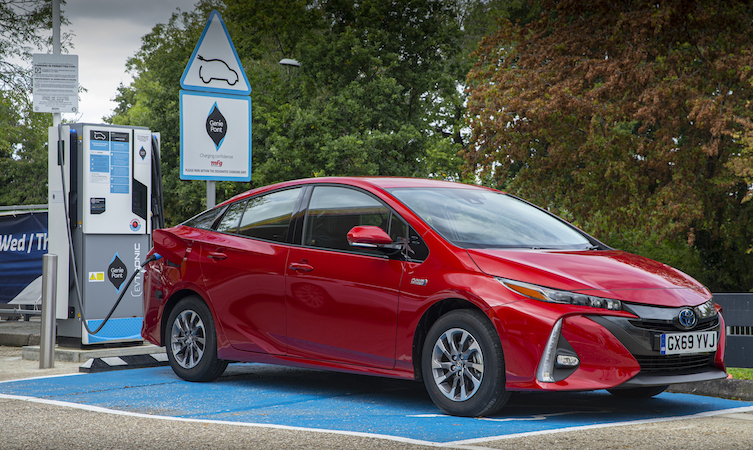
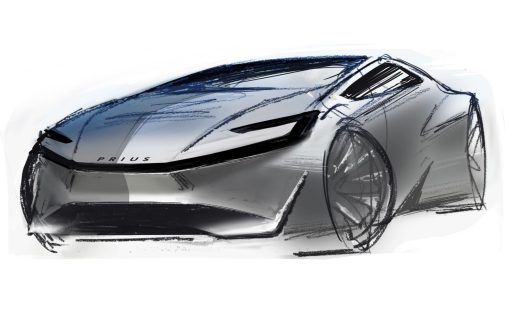
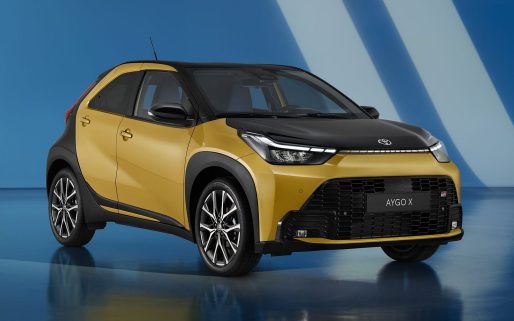
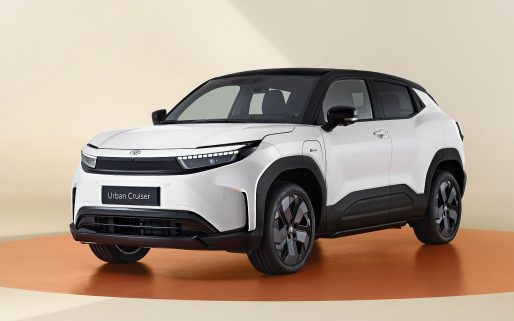

I’m curious as how your Plug In driving tips work in conjunction with the “Charge Mode”. Should that be used used on longer motorway trips? I suspect there is an application specifically for that mode but I haven’t found it yet.
Hi Dan,
Thanks for getting in touch, and sorry for any previous confusion.
Charge Mode is a feature where the petrol engine can be used to recharge the larger plug-in hybrid battery pack.
This isn’t as efficient just using the plug, but when you don’t have a plug available, being able to generate electricity while cruising on the motorway can be helpful. That electricity can be used later when you are driving short distances at your destination. However, you will see your fuel consumption increase.
It is best to charge from the plug with a plug-in vehicle.
Thanks.
Having read how the plug in Prius hybrid works would you suggest a normal Prius hybrid would be more suitable as a taxi vehicle?
Hi Steve,
Thanks for getting in touch.
We would recommend a hybrid for taxi use, rather than a plug-in hybrid. You would need to regularly stop and charge the plug-in hybrid to get the most out of it, which is not suitable for the high miles driven as a taxi.
Thanks.
The plug in hybrid isn’t working as conventional hybrid after the battery is empty?
I thought that the plug in is a little more than a simple hybrid like: it does everything that the simple hybrid does plus it can work as EV for 15km. Am I mistaken? If I don’t plug it in is less than a hybrid in capabilities? I have a 2012 Prius Plug-in hybrid, with Liion battery pack.
Hi Zagoni, thanks for your comment.
That is correct, when the PHEV range is depleted the vehicle will revert back to the regular Hybrid powertrain.
If you believe that there is an issue with your Prius, please get in touch with your local Toyota Centre so the team there can take a look at it in person.
Thanks.
Please could you elaborate on why a hybrid would be better as a taxi than a plugin hydrid. If you could plug in to charge at the end of the day does it matter that you have driven 150 miles in the day as a taxi. Some mile on the open road some in the city. Surely it will still result in a better mpg as the city miles will have been more in ev.
Hi Nicholas, thanks for getting in touch.
We’re not able to give a definitive answer on this, it depends on your inidvidual requirements, driving style etc.
We’d recommed a test drive of each option to get a feel for what would be a better fit for you.
Thanks,
Toyota UK
Hi Steve, Did you go for a plug in or normal hybrid in the end?
i am considering a plugin to use as a taxi, but this has made me question my decision.
hi I have lost miles left in HUD in my 2018 Prius plug in, could you please tell me how to get it back
Hi David, thanks for getting in touch. Display items can be switched by pressing the “HUD” switch. You can find more details on the HUD settings on page 259 of the owners manual. If you don’t have a physical copy, you can download one here: https://www.toyota.co.uk/tme#/my-toyota/eManual Thanks.
I just bought a toyota prius plung in hybrid 2021 model. what is the best way to use. I do lot of local driving with stop and go.
what is best way to save on gasoline and battery charging
you explained charge mode is not good while driving. I have option to charge at my house. Is it good to leave the charger on all night. because I go home around 8pm and start in the morning 630am.
Please answer to my email. because Iam using my work computer
Hi PR,
Thanks for getting in touch with us.
As with any vehicle, minimising hard acceleration, keeping your overall speed down, maintaining a smooth, constant speed whenever possible and planning ahead to manage your interactions with other vehicles and conserve your car’s momentum are all fuel-saving essentials.
Maintaining momentum is also key where possible for efficiency, although we appreciate this may not be possible in a stop and go environment.
Relating specifically to the Plug-in, EV mode is generally better for towns and slow-moving traffic, with HV better on faster roads, and we would recommend recharging at the end of every journey if possible to make the most of the electric range.
These are general driving tips relating to the Plug-in, but, as we are Toyota UK, we are unable to advise specifically on other market vehicles, so we would recommend contacting Toyota in your region for any further questions.
We hope this helped! We have also emailed you this reply.
Thanks.
Hi PR
What would the Hybrid side of the car return in mpg once the E.V part of the car is empty IE just using the car in hybrid mode due to not being able to charge it up Thankyou
Hi Steve,
Thanks for your question. That’s a difficult one to answer. We can only provide fuel economy figures from the official WLTP test. Saying that, you can expect the Prius Plug-in to achieve similar results as the Prius Hybrid, although the PLug-in Hybrid is a bit heavier, so the figure won’t be quite as good.
Thanks
Myplugin hybrid has options of power ev or NORMAL.what is normal.is that evo
Hi Stephen,
Thanks for contacting us.
‘Normal’ drive mode automatically manages the most efficient use of both the engine and the battery.
Drivers can also select one of the car’s on-demand drive modes to achieve better fuel consumption in certain settings.
These drive modes are: EV Mode where the car is powered by the battery only during city driving, running near-silent and with no tailpipe emissions; Eco Mode that reduces A/C output and lessens throttle response to limit harsh acceleration; and Power Mode which boosts acceleration by using the hybrid battery to assist the petrol engine.
You can find out more about hybrid driving and top tips here: https://mag.toyota.co.uk/hybrid-driving-technique-toyotas-top-tips-for-achieving-the-best-fuel-economy-in-your-hybrid/.
Thanks.
Hi. I have 2018 Prius buss plus. Plugin.
Can you explain the difference between hn ev and city ev. Also how do I turn on the charge mode when I have run out of battery.
Can you explain eco mode, normal mode and power mode pls
Hi Dave,
Thanks for your question. The different modes are explained in detail in the owner’s manual. You can download a copy here: https://we.tl/t-32bV1ktnel
Please check page 96 onwards for details on the different EV modes and charge mode.
Please check page 437-438 for Normal, Eco and Power modes.
Thanks
Hi Toyota UK,
To get the most from a plug-in we need to plug it in, which is fine at home, but when away from home using public charge points there are many separate charge point operators all with their own apps and RFID cards, which means downloading lots of apps, signing up for many different accounts. It’s a real pain to charge using public chargers.
Lexus have partnered with a company, Digital Charging Solutions, to provide Lexus owners the option of signing up for an EV roaming card, useable across multiple charge point operators, using a single account and card. Other manufacturers use the same company, DCS, to do the same.
When is Toyota going to offer a similar service to owners of Toyota PHEVs ?
Hi Andy,
We currently have no information so share on this.
However, we have passed your feedback onto our wider product team so this can be looked into.
Thanks.
Hi Toyota,
Thanks for getting back to me, I have since discovered that Toyota already operates their own PHEV and EV roaming charging card, covering most of Europe, using the same provider DCS, however currently the UK is excluded, despite the network showing chargers within the UK participating in the network.
https://www.toyota-charging-network.eu/web/toyota-global
Perhaps you could ask your product team why the UK has been excluded and ideally, if the UK network could included Polar and CYC charger points, as is available through some competiting car manufacturer networks?
Thanks.
Hi! Just purchased top spec new 2021 Prius Plug-in and am absolutely delighted. However one thing is frustrating in the sat nav. Having entered a destination it brings up three alternative routes (fast, short and eco) to be considered. However those three options only display for about 2 seconds before the navigation starts having automatically chosen one of them. No time provided to consider which one to use. Can find no setting to change the period for which the route alternatives display.
Hi Alan,
Thanks for your comment and congratulations on your new Prius Plug-In!
Our Multimedia Team would be best placed to assist you with this query.
You can contact them here – https://fal.cn/3eeaN
Thanks.
I am considering buying a new Prius PlugIn, I am on my 3rd Prius (2017 model) and a high mileage user, mostly long motorway and A road business trips all over the South of the UK, sometimes Europe. I do around 30,000 miles per year, charging at home every night is no problem.
Should I stay with the standard Prius or would I get good value (mpg) from the PlugIn.
Thanks.
Hi John,
Thanks for your comment and thank you for your loyalty over the years.
Firstly, the Prius Plug-in has a more efficient powertrain than the standard Prius.
Secondly, the Prius Plug-in has a much larger-capacity lithium-ion battery, meaning it can travel further on electric power.
If you are able to charge your vehicle every night at home, the Prius Plug-in may be suitable for you.
You can configure a Prius Plug-in here – https://fal.cn/3i9A3
Please let us know if you have any further questions.
Thanks.